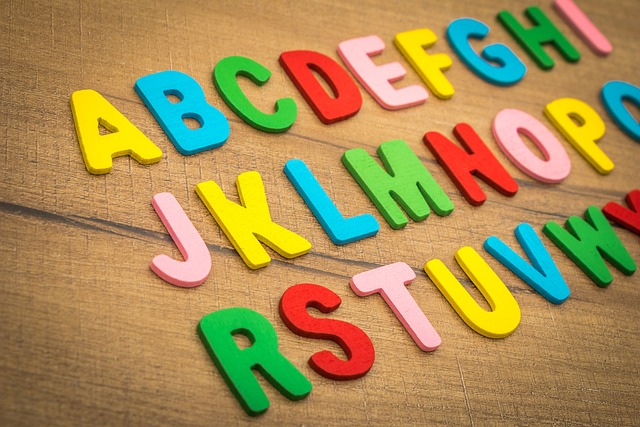Learning new tricks
Returning to teaching after ten years of homeschooling was a challenge. The pace was much faster in every way. But the struggle that some students had with middle school math was the same. My assignment, as a special education teacher, was to help the students who were testing far behind in math to “catch up.” I worked with this group of students both in my Resource Room and in the math classroom with a wonderful young teacher named Mrs. Brogan.
Imagination-Enhanced Teaching
I discovered that for some reason my students did not understand the way Mrs. Brogan taught the lesson, even though she wrote many problems on the board and carefully showed them how to solve the problems. When they did their seatwork, they remained confused. That is when I took my group of five bright, hardworking eighth graders down the hall so I could “re-teach” the lesson. I found that by showing them how to use their very active imaginations, they could not only remember the processes or the steps of a multi-level problem they could also understand concepts so much better. As we continued with this strategy of “imagination-enhanced teaching,” my students did better and better in the math tests Mrs. Brogan gave in the classroom. In fact, they got so much better each week that Mrs. Brogan asked me to work with other students in the class down in our Resource Room.
Eventually, we developed a “co-teaching” method. She taught the lesson in her usual way, and then I had the other half of the blackboard to teach them how to understand and remember the processes using our newly learned imaginative strategies.
Painless Math Strategies
Fractions, decimals, multiplication with triple digits, algebraic order of operation
Middle school math can be very confusing. I learned to put zany “memory hooks” on the new processes that they were learning. For example, the many rules when working with fractions can be very confusing. Adding, subtracting, multiplying, and dividing all require the memorization of different strategies. The key to helping the students remember what steps go with which processes is to use their powerful imaginations. We create pictures or stories with emotion and attach them to the process.
For example, when teaching the often-forgotten method of dividing by fractions, we make a cartoon of the division sign and make him a magician who “turns one glass of water upside down” (the second fraction) and then turns himself into a multiplication sign with the “x” becoming a cheer-leading stance. Even years later my former students tell me that whenever they see a fraction division problem, they always see the magician. All you need to make any math process easier, in my experience, is imagination.
The process of converting decimals to percentages can be made so much easier to remember by using visuals like a “dance to the left” to find the tip for a waiter.
I found that several of my students struggled with remembering the steps to multiplying by triple digits. We applied a different imaginative technique to learn this process, called personification. The numbers on the top row are various fun food items (pizza, coke, cake), and the bottom row of numbers are the siblings who had to wait their turn to “eat” the items. The picture is appealing and the story easy to remember. We put this “template” of the problem on the wall for them to refer to for a few weeks. After that, this process was permanently stored.
In Algebra 1, there were many processes to remember. One was the order of operations of an equation. Typically, the teacher would use an auditory mnemonic like “Please Excuse My Dear Aunt Sally” (Parentheses; Exponent; Multiply; Divide; Add; Subtract) to remember the order in which to solve the equation. My students, however, continued to get this expression mixed up, since they had no memory hook for it. Instead of an auditory hook, I used a more visual memory hook. I drew the body of a teenager on the board. I drew earphones on his ears to stand for the word “Parentheses,” Then I put a scratchy Exponents necklace on him. His shirt had a big “X” on it for the next step. His belt had the Division sign on it. His left leg had an Addition sign on it and the right foot had the Subtraction sign.
We did these visual clues on many things throughout the year (teeth on “more than” signs, etc.). Many of my students said that this was the easiest math class they ever had. I encourage you to play with ways to remember math processes and math facts. It makes learning math easier, and generally produces a lot of laughter … which is another memory hook!
If you find these zany math strategies intriguing, you can email us to receive a brief instructional booklet.



